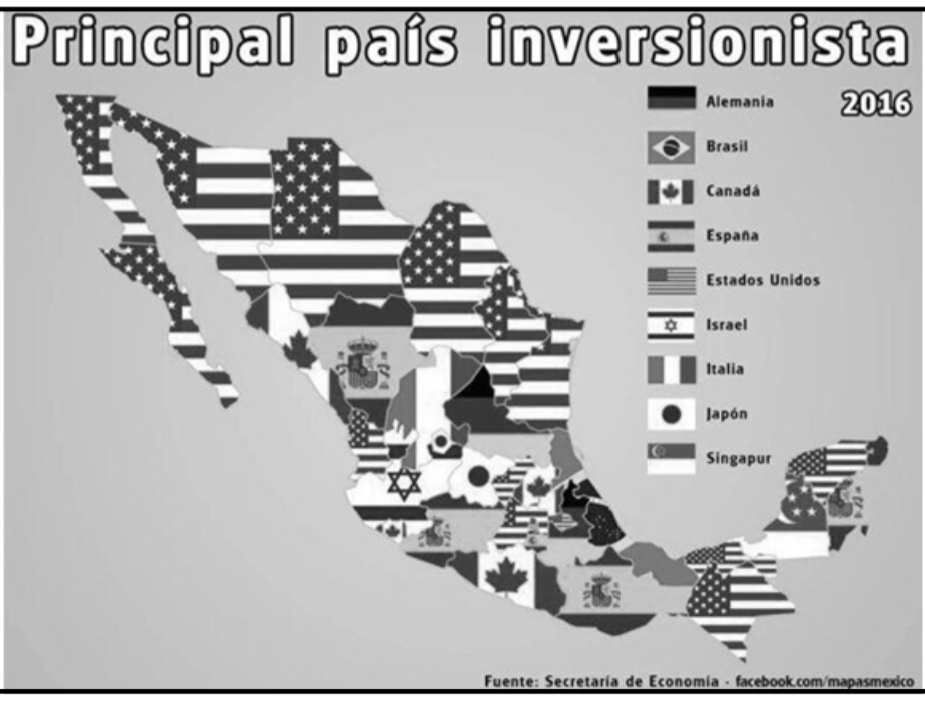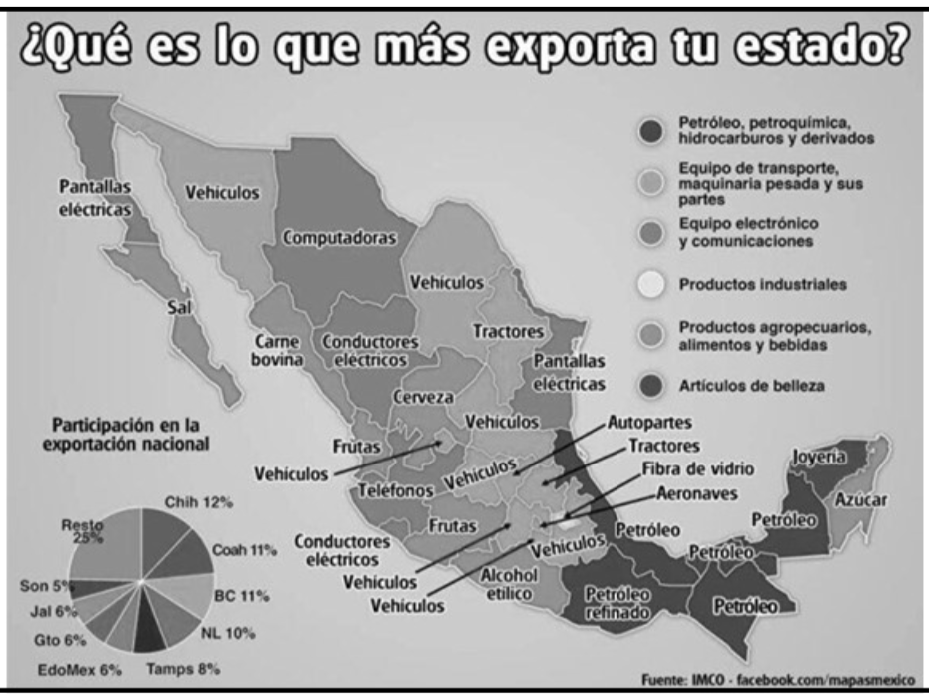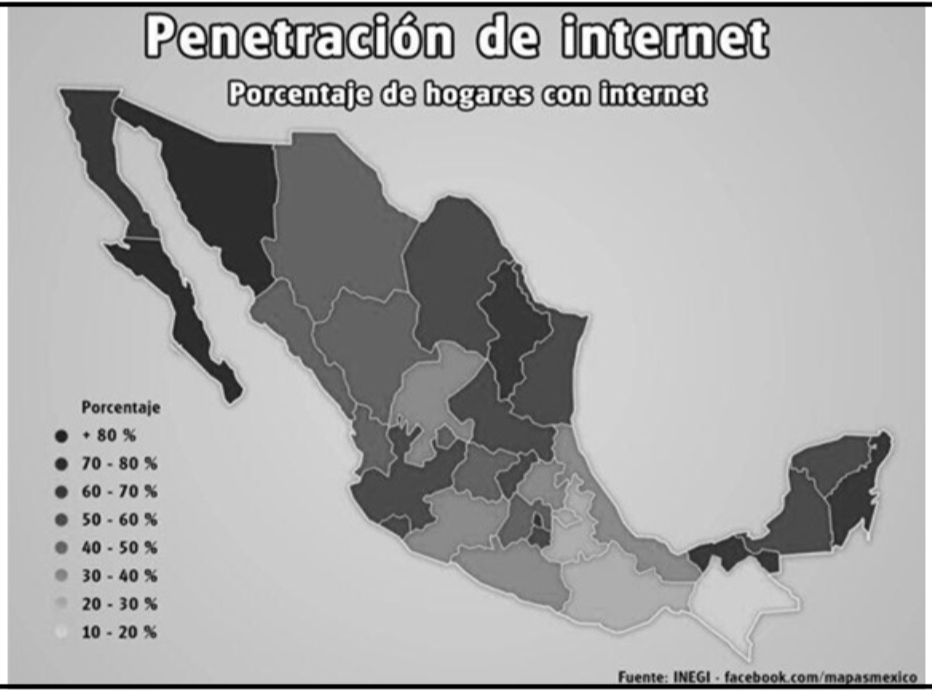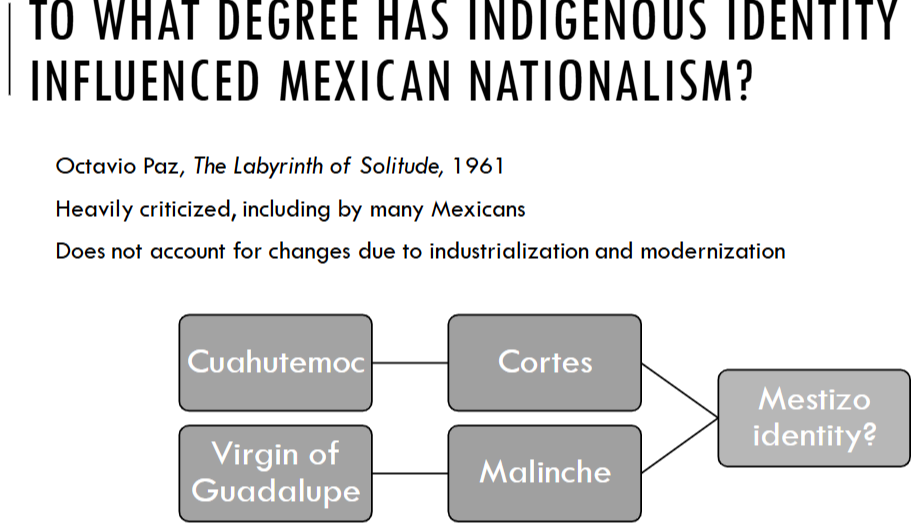the legacy of mesoamerica exam 2- Development and native mesoamericans
1/31
There's no tags or description
Looks like no tags are added yet.
Name | Mastery | Learn | Test | Matching | Spaced |
|---|
No study sessions yet.
32 Terms
Development and indigenous Mesoamericans
As of 1940, an estimated 60% of family farmers (i.e. milperos,‘peasants’) in Mexico did not have enough land to sustain themselves
50% of all cultivatable land was in the hands of large landowners (Latifundistas), many of whom were foreign owners
Industry also remained dominated by foreigner investors
During the 1930s, local communities were increasingly granted ejido lands
By WWII, the henequen industry was in crisis, due to the invention of synthetic fibers
Henequen production was mostly replaced by cattle ranching and ejido subsistence farming
Latifundistas
50% of all cultivatable land was in the hands of large landowners (Latifundistas), many of whom were foreign owners
Invention of synthetic fibers in WWII
By WWII, the henequen industry was in crisis, due to the invention of synthetic fibers
Henequen production was mostly replaced by cattle ranching and ejido subsistence farming
Institutional Revolutionary Party (PRI)
THE CREATION OF THE PRI
Following the Mexican Revolution, many of its leaders were assassinated, including the assassination of president-elect Alvaro Obregón in 1928
Created a problem of political succession
Another revolutionary general, Plutarco Elias Calles, stepped into the power vacuum, and was elected President in 1928 amid challenges and uprisings led by other generals
The Institutional Revolutionary Party (PRI) was created as a national party to control power beyond and through elections, through peaceful means
Often resorted to corporatism, violent repression, and fraud to stay in power
Ruled Mexico until the election of Vincente Fox in 2000
The “Mexican miracle”
THE “MEXICAN MIRACLE”
The PRI launched a number of development projects
Resulted in economic growth of 6% per year during the 1950s
and 60s Increasing urbanization as peasants moved to cities for industrial labor opportunities, mostly in factories and textile mills
New ideas about progress as measured through consumer goods
Political focus on creating the modern nation-state
International investment in Mexico by state

Major exports by state

Internet access by state

“Mexicanization”
“MEXICANIZATION”
Mexican anthropologists such as Manuel Gamio and Alfonso Caso developed the idea of Indigenous communities as “refuge regions” where colonial conditions survived
Believed that the creation of modern Mexico required a unified national culture, which required a common language, ethnic identity (mestisaje) and a set of customs '
Caste-like segregation of Indigenous peoples continued, particularly in cities
Indigenous communities were perceived as “lagging behind” and were targeted for assimilation into the “Mexican community”
Alfonso Caso
“MEXICANIZATION”
Mexican anthropologists such as Manuel Gamio and Alfonso Caso developed the idea of Indigenous communities as “refuge regions” where colonial conditions survived
Believed that the creation of modern Mexico required a unified national culture, which required a common language, ethnic identity (mestisaje) and a set of customs '
Caste-like segregation of Indigenous peoples continued, particularly in cities
Indigenous communities were perceived as “lagging behind” and were targeted for assimilation into the “Mexican community”
Indigenismo
Official policy of “Indigenismo” began in 1940, with Caso as the head of the National Indigenous Institute
Coordinating centers were set up in the major “refuge regions” targeting Chiapas, Oaxaca, West Mexico and Yucatan
Carried out health and bilingual education campaigns
By the 1970s, less than 10% of the population could be classified as “Indian”
However, the program was strongly criticized by Indigenous people (who proved to be more interested in retaining their identities than expected)
Assimilation policies
“Refuge regions”
Official policy of “Indigenismo” began in 1940, with Caso as the head of the National Indigenous Institute
Coordinating centers were set up in the major “refuge regions” targeting Chiapas, Oaxaca, West Mexico and Yucatan
Carried out health and bilingual education campaigns
By the 1970s, less than 10% of the population could be classified as “Indian”
However, the program was strongly criticized by Indigenous people (who proved to be more interested in retaining their identities than expected)
In Indigenismo
Critics of Indigenismo
Anthropologists and other scholars also criticized Caso and other supporters of Indigenismo
1. Falsely assumes that Mexican national culture is more evolved than, and superior to, indigenous cultures
2. A focus on Indigenous culture diverts attention away from their exploited class condition as rural proletarians (in the Marxist sense)
3. Claimed that the goal of Indigenismo was to make Indigenous people easier to exploit and make their labor more available to capitalist developers
4. Argued that the real issue was the need to make Mexico less dependent on foreign powers
Crushing Dissent to the PRI
CRUSHING DISSENT
Under the PRI, opposition to the state was met with military force and state terrorism
Increased the size and power of the military, police, and para-military units
In 1958, the government called out the army on a large workers’ strike in Mexico City
In 1968, the same thing happened on a large anti-government student demonstration in Tlatelolco, Mexico City (The Tlatelolco Massacre)
Throughout the 1970s and 80s, Indigenous communities joined radical peasant movements to oppose the loss of lands to agrarian capitalists
Hundreds of Indigenous and rural mestizos were tortured, “disappeared” and killed by the government and/or paramilitary forces
The Tlatelolco Massacre, 1968
Under the PRI, opposition to the state was met with military force and state terrorism
Increased the size and power of the military, police, and para-military units
In 1958, the government called out the army on a large workers’ strike in Mexico City
In 1968, the same thing happened on a large anti-government student demonstration in Tlatelolco, Mexico City (The Tlatelolco Massacre)
Changes to the Mexican economy from 1970-1994
Ironically, many of the changes to Indigenous communities occurred independently of the INI
Large construction projects for highways in the 1960s and 70s and improved transportation eliminated the geographic isolation of many Indigenous communities
Facilitated movement of Indigenous people between commercial wage opportunities and their home communities
The proliferation of new types of agriculture, including large-scale vegetable farms, provided convenient labor opportunities
Local officials, caciques, and mestizo business owners were the ones who profited most, by pocketing government developmentfunds
Diego Rivera
DIEGO RIVERA AND INDIGENISMO
Prominent Mexican painter and muralist (particularly from 1922-1953)
Painted in the Post-Impressionist style, with simple forms and bold colors
In 1921, he became involved in a government-sponsored Mexican mural program
Themes included stylized versions of Mexican history and society, from Aztecs to the 1910 Revolution
Rivera was a member of the Mexican Communist Party, and his murals often include themes of proletarian struggle
Aztecs shown as orderly and industrious, Spanish as destroyers of Indigenous cultures through oppression
Promotes solidarity of farmers and workers, the Mexican Revolution as a noble cause, socialism as the path to progress and prosperity
Diego Rivera and Indigenismo
DIEGO RIVERA AND INDIGENISMO
Prominent Mexican painter and muralist (particularly from 1922-1953)
Painted in the Post-Impressionist style, with simple forms and bold colors
In 1921, he became involved in a government-sponsored Mexican mural program
Themes included stylized versions of Mexican history and society, from Aztecs to the 1910 Revolution
Rivera was a member of the Mexican Communist Party, and his murals often include themes of proletarian struggle
Aztecs shown as orderly and industrious, Spanish as destroyers of Indigenous cultures through oppression
Promotes solidarity of farmers and workers, the Mexican Revolution as a noble cause, socialism as the path to progress and prosperity
Themes of Diego Rivera’s paintings
Themes included stylized versions of Mexican history and society, from Aztecs to the 1910 Revolution
Rivera was a member of the Mexican Communist Party, and his murals often include themes of proletarian struggle
Aztecs shown as orderly and industrious, Spanish as destroyers of Indigenous cultures through oppression
Promotes solidarity of farmers and workers, the Mexican Revolution as a noble cause, socialism as the path to progress and prosperity
Octavio Paz + the labyrinth of solitude
TO WHAT DEGREE HAS INDIGENOUS IDENTITY INFLUENCED MEXICAN NATIONALISM?
Octavio Paz, The Labyrinth of Solitude, 1961
Heavily criticized, including by many Mexicans
Does not account for changes due to industrialization and modernization

Mexican identity and mestizaje
MULTICULTURALISM
Rejection of the Aztecs and the founding myths of mestisaje
Rejection of the idea of a national mestizo identity
Because it is an instrument for claiming and exercising superiority over Indigenous peoples
Favors maintaining and celebrating distinct ethno-linguistic communities and heritages
(Gutierrez 1999)
Multiculturalism
MULTICULTURALISM
Rejection of the Aztecs and the founding myths of mestisaje
Rejection of the idea of a national mestizo identity
Because it is an instrument for claiming and exercising superiority over Indigenous peoples
Favors maintaining and celebrating distinct ethno-linguistic communities and heritages
(Gutierrez 1999)
Ladinoization in Guatemala
LADINOIZATION IN GUATEMALA
With the exception of the land reforms of 1944-1954, Guatemala’s national government was anti-Indigenous
While Mexico wanted to integrate Indigenous peoples, Guatemala wanted to completely eradicate Indigenous people and replace them with a national “Ladino” (mestizo) culture (Ladinoization)
During the Civil War, Indigenous communities initially opposed the guerillas, who were initially mostly mestizo workers
However, by the 1980s, many Indigenous communities joined the guerillas, but without abandoning their Indigenous identity
During the Civil War, the death squads particularly targeted Indigenous people
Indigenous Guatemalans and the Guatemalan Civil War
During the Civil War, Indigenous communities initially opposed the guerillas, who were initially mostly mestizo workers
However, by the 1980s, many Indigenous communities joined the guerillas, but without abandoning their Indigenous identity
During the Civil War, the death squads particularly targeted Indigenous people
Rigoberta Menchú
TO WHAT DEGREE HAS INDIGENOUS IDENTITY INFLUENCED GUATEMALAN NATIONALISM?
Centrality of the Popol Vuh in education and scholarship
Elevation of Tekum as a national hero
Led the K’iche’ Mayan forces against the Spanish, led by Pedro de Alvarado, in 1524
Celebraton of Rigoberta Menchú as the winner of the 1992 Nobel Peace prize
K’iche’ Maya activist who wrote about the massacre of her family and community members during the Guatemalan Civil War
Fled to Mexico, then France
I, Rigoberta Menchú
Returned to Guatemala to run for president in 2007 and 2011
Helped establish Winaq as the first Indigenous political party of Guatemala
Tekum
TO WHAT DEGREE HAS INDIGENOUS IDENTITY INFLUENCED GUATEMALAN NATIONALISM?
Centrality of the Popol Vuh in education and scholarship
Elevation of Tekum as a national hero
Led the K’iche’ Mayan forces against the Spanish, led by Pedro de Alvarado, in 1524
Indigenismo and the Hidden “Collective Conscience”
INDIGENISMO AND THE HIDDEN “COLLECTIVE CONSCIENCE”
“The nation is Indian. This is the truth which first manifests itself with its enormous, subjugating presence. And yet we know that in Guatemala, as in the rest of America, it is the mestizo who has the leadership throughout the society. The mestizo: the middle class. The revolution of Guatemala is a revolution of the middle class. . .And what an inferiority complex the Guatemalan suffers for his Indian blood, for the Indigenous character of his nation!. . .The Guatemalan does not want to be Indian, and he wishes his nation were not.”
Luís Cardoza y Aragón, writer, critic of Indigenismo
The Pan-Maya Movement
Council of Maya Organizations of Guatemala (COMG)
One of the early leaders, Demetrio Cojti Cuxil, advocated for the creation of an autonomous Maya nation within the Guatemalan state
Promote the preservation of Mayan languages
New standards for spelling/orthography
Since the signing of the Peace Accords in 1996, Mayan language resources have proliferated, partially through the expansion of NGOs
Often criticized by mestizos, leftists and neoliberals as creating divisiveness rather than solidarity around class status or a common national cultural identity
Council of Maya Organizations of Guatemala
Council of Maya Organizations of Guatemala (COMG)
One of the early leaders, Demetrio Cojti Cuxil, advocated for the creation of an autonomous Maya nation within the Guatemalan state
IN the pan-maya movement
Promotion of Mayan languages
Promote the preservation of Mayan languages
New standards for spelling/orthography Since the signing of the Peace Accords in 1996, Mayan language resources have proliferated, partially through the expansion of NGOs
In the pan-maya movement
Proyecto Linguistico Francisco Marroquín
Established in 1972 through collaborations between Benedictine friars and the American Robert Gersony
Its goal was to train Maya leaders in linguistics to produce dictionaries and other teaching materials
Now it partners with many US universities to offer language schools in Mayan languages (partiulcarly K’iche’ and Kakchiquel).